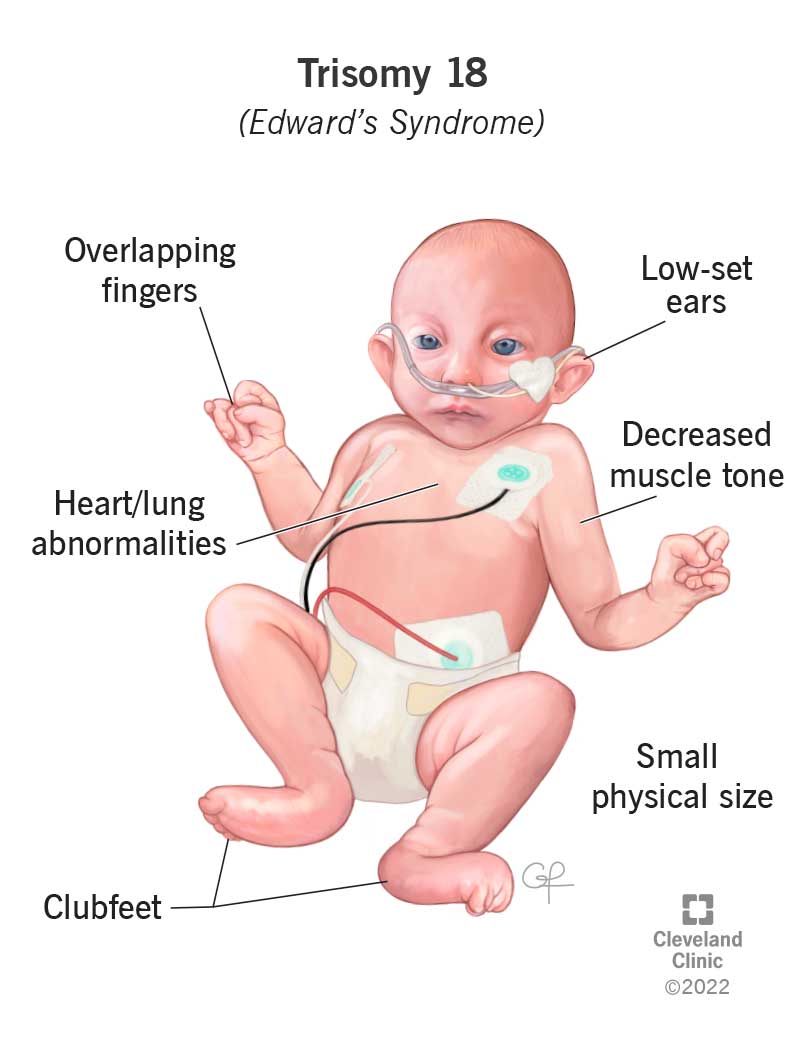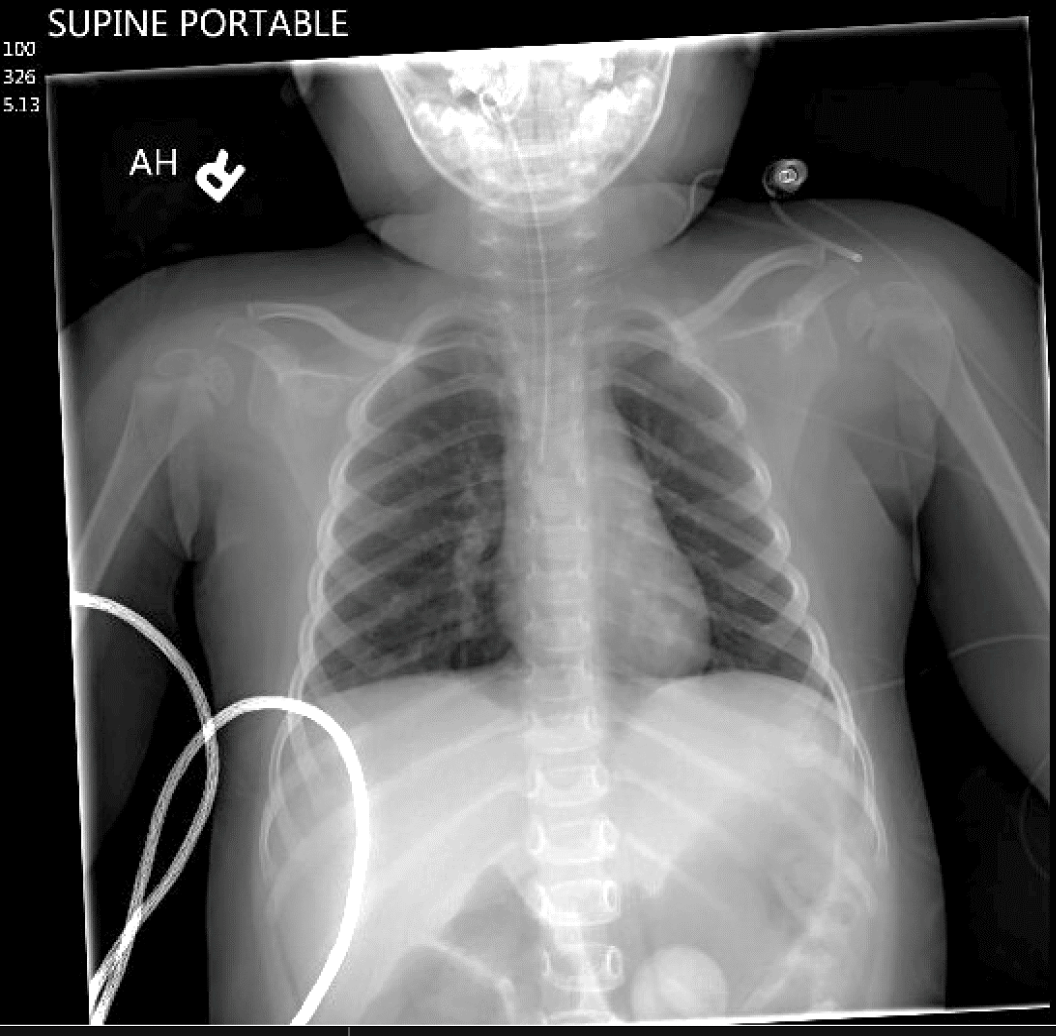A 5-year-old child is notably showing deficits in key areas of development
A 5-year-old child is notably showing deficits in key areas of development that include social interaction, communication, and behavior. Up to 2 years of age he appeared to be developing well, but then he began to show abnormal patterns of behavior (e.g., repetitive hand-flapping) and started to lose language skills.
His physical examination was unremarkable with no observable acute neurologic pathology appreciated. An extensive workup was undertaken and included metabolic studies, neuroimaging, fragile X testing, and electroencephalography--all of which were negative.
He does not appear to fit any specific syndrome. However, concern had arisen for an autism spectrum disorder based on symptom criteria delineated in the Diagnostic and Statistical Manual of Mental Disorders, Fifth Edition.
His parents are now planning on having another child and are concerned that an underlying genetic condition may have resulted in a diagnosis of autism spectrum disorder.
What should be the next test ordered to diagnose possible chromosomal abnormalities in this child?
- trinucleotide repeat analysis
- karyotyping
- chromosomal microarray (CMA)
- single-gene analysis
The correct answer is:
chromosomal microarray (CMA)
Chromosomal microarray (CMA) is recommended as a first-tier testing strategy among individuals presenting with developmental delay, intellectual impairment, autism spectrum, and multiple congenital anomalies. In this targeted population, karyotyping is appropriate for first-line testing in patients with features consistent with a specific chromosomal abnormality (e.g., Down syndrome).
Targeted molecular genetic testing is appropriate for conditions like fragile X syndrome that are not detected by CMA. Specific findings that may point a clinician toward looking for a specific syndrome and thus be less inclined to order CMA testing include:
- Characteristic physical features
- Specific constellations of congenital malformations
- Certain cognitive/developmental profiles
- Clear pattern of inheritance in the family
References:
Batzir NA, Shohat M, Maya I. Chromosomal microarray analysis (CMA): a clinical diagnostic tool in the prenatal and postnatal settings. Pediatr Endocrinol Rev. 2015;13(1):448-454.
Kharbanda M, Tolmie J, Joss S. How to use… microarray comparative genomic hybridisation to investigate developmental disorders. Arch Dis Child Educ Pract Ed. 2015;100(1):24-29.
This question appears in Med-Challenger Pediatric Medicine Review with CME
Try for free and save. Ace your exams and meet your CME/MOC requirements for just $35 a month!

/PEDS%20CHALLENGER.png?width=250&height=218&name=PEDS%20CHALLENGER.png)




